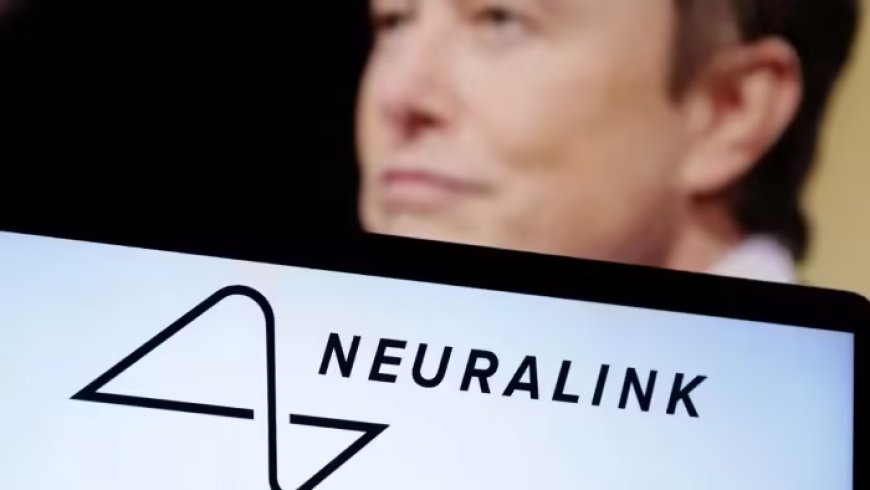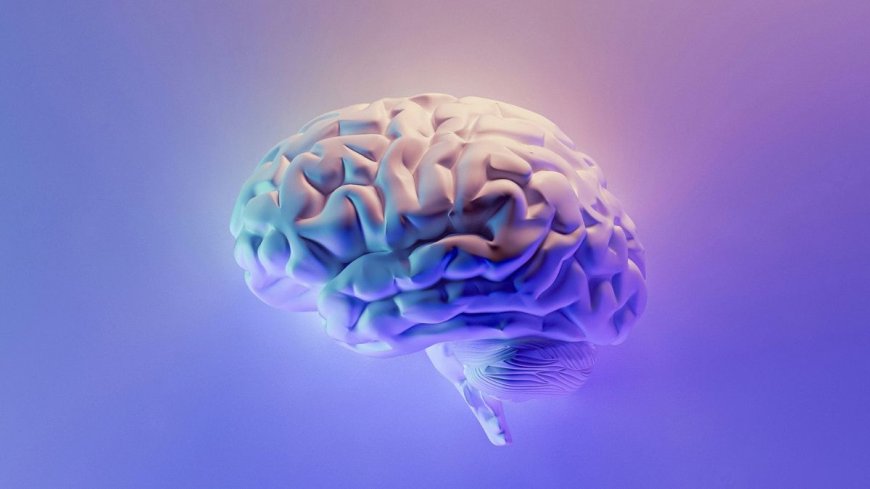Elon Musk's company Neuralink gets another success! Paralysis patient will control digital device with brain
Elon Musk's company Neuralink has registered another success. Elon Musk himself has given information about the latest progress regarding Neuralink's technology. Musk has informed that the company has fitted the company's brain-computer interface device in the brain of another paralyzed patient. It was successful.

A latest update has come out regarding Elon Musk's startup neurotechnology Neuralink. Neuralink has implanted the company's brain-computer interface device in the brain of another patient. This implantation was successful. It is known that Musk's company is working on a special mission to help patients suffering from paralysis. This latest update about the company has been shared by Elon Musk himself in a podcast released on Friday. This podcast was related to the latest progress regarding Neuralink's technology.
The patient can control the digital device with thought
This implant has been designed by the company in such a way that it helps patients with spinal cord injury to control digital devices. Patients with spinal cord injury can control digital devices with just one thought in their mind with this implant.
Giving information about this, Musk says that with this new device, the first patient Noland Arbaugh is getting help in performing different tasks. He is playing video games, browsing the internet, sharing posts on social media and moving the cursor on the laptop. Noland Arbaugh is able to do all this despite suffering from a disease called droplegic. Noland Arbaugh's body is paralyzed from the lower part of the neck.
The second patient will also be able to control things with the mind

Musk has not yet given much information about the second patient. He has said that the new patient also has a spinal cord injury like Noland Arbaugh. He is also paralyzed. Musk has said that the 400 electrodes of the implant in the brain of the second patient are working properly. Neuralink's device is equipped with a total of 1,024 electrodes, which are designed to capture and transmit brain signals.







